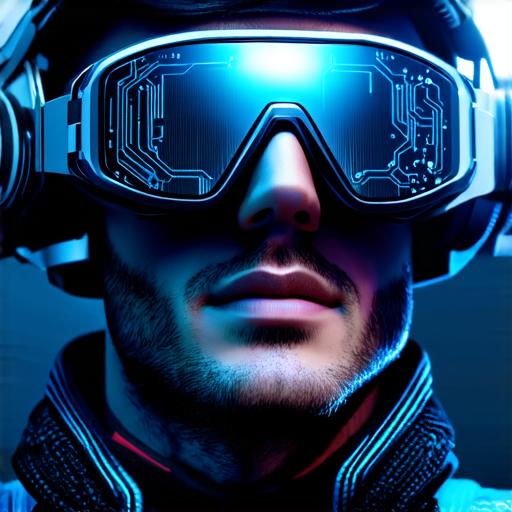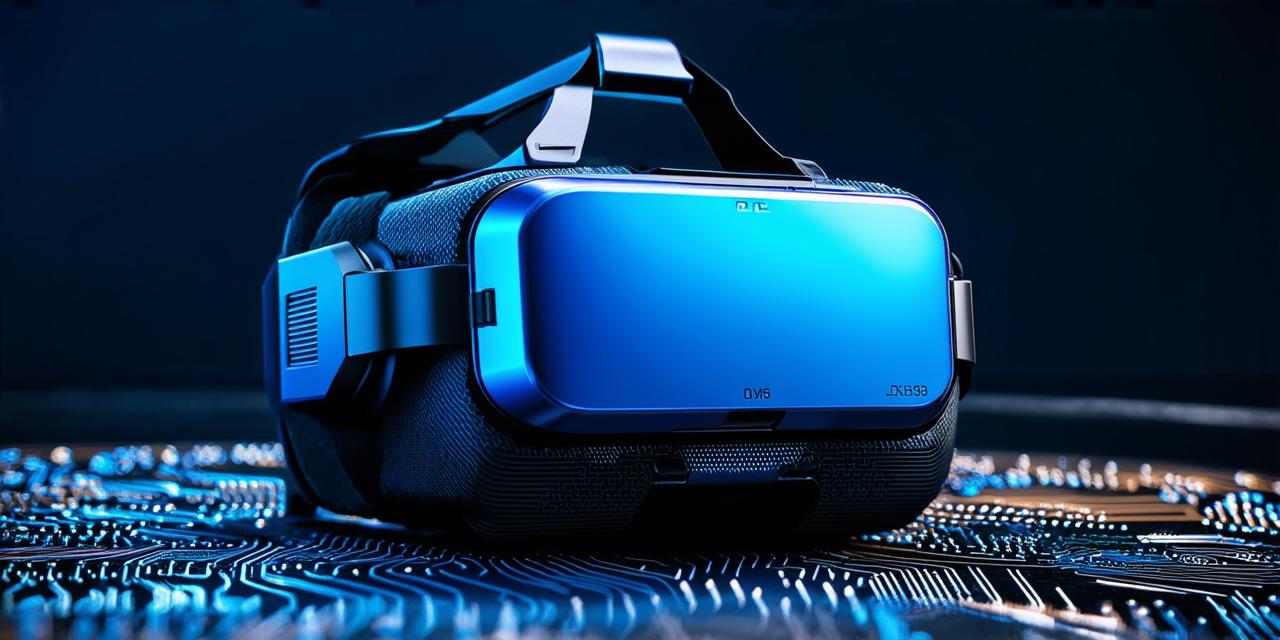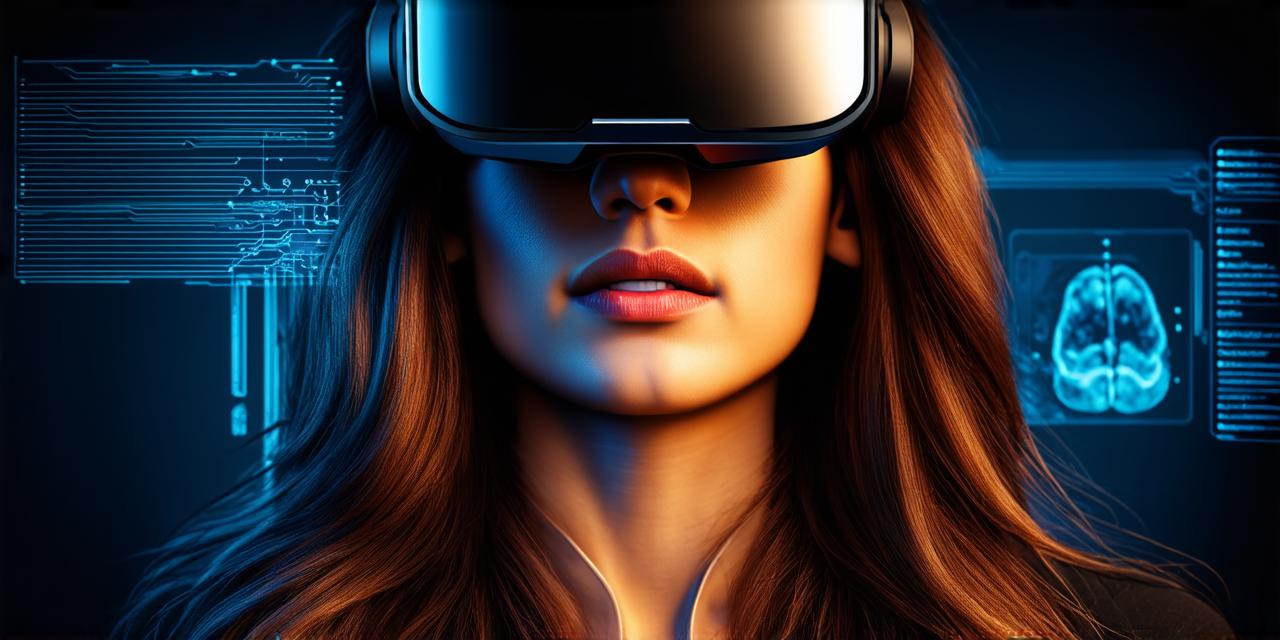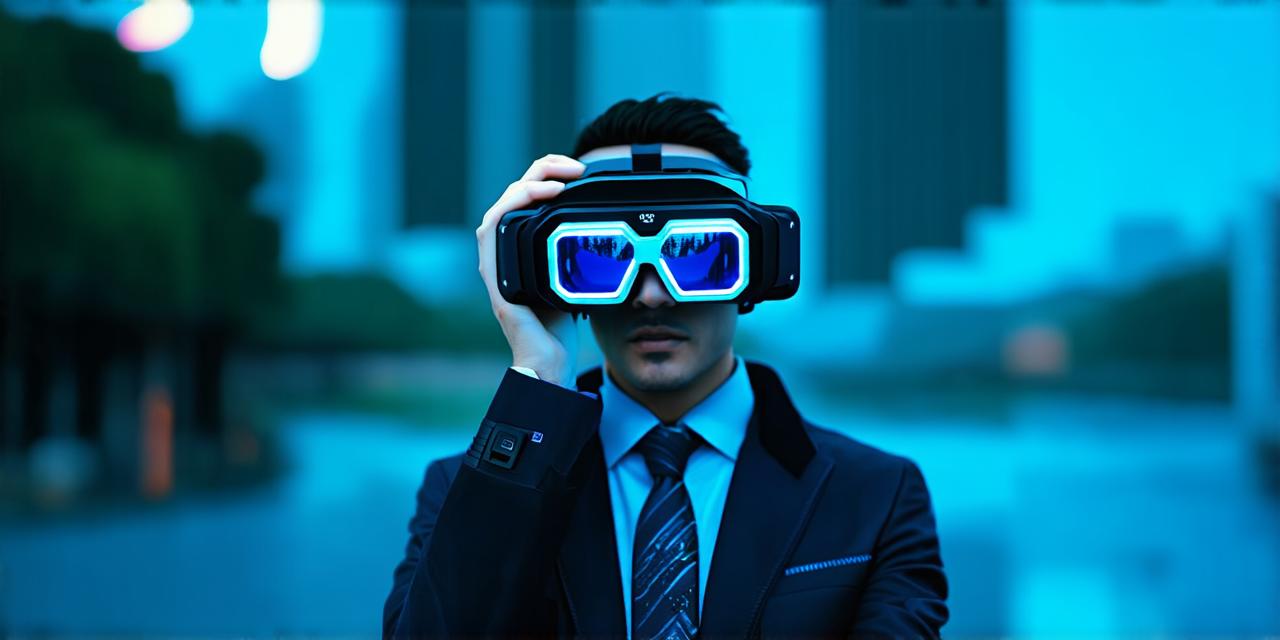
Virtual reality (VR) and augmented reality (AR) have been rapidly evolving technologies for several years now. With advancements in hardware, software, and user experience, VR and AR have become increasingly popular across various industries such as gaming, education, healthcare, and more. In this article, we will explore the state of virtual reality and augmented reality in a decade and what it could mean for AR developers.
The Evolution of Virtual Reality
Virtual reality technology has come a long way since its inception. The first VR headsets were bulky, expensive, and had limited resolution. However, with advancements in hardware such as more powerful processors and graphics cards, the development of wireless technology, and improvements in user experience, VR headsets have become smaller, more affordable, and more immersive.
One significant trend that has emerged is the increasing use of haptic feedback technology to enhance the VR experience. Haptic feedback provides tactile sensations that make the virtual world feel more real and engaging. For example, in a VR game, players can feel the weight of a sword as they swing it or the impact of bullets on their virtual body.
The Future of Virtual Reality
Virtual reality is expected to continue its rapid growth over the next decade. One of the key factors driving this growth will be the increasing availability and affordability of VR technology. As the prices of VR headsets decrease, more people will be able to access this immersive technology. Additionally, as 5G networks become more prevalent, the wireless connectivity required for VR experiences is expected to improve significantly, further enhancing the user experience.
Another trend that is likely to emerge in the future of VR is the integration of artificial intelligence (AI) and machine learning (ML) into VR applications. This will enable more personalized and dynamic VR experiences based on individual preferences and behavior. For example, an AI-powered VR game could adjust the difficulty level or storyline based on the player’s performance, making for a more engaging and challenging experience.
The Impact of Virtual Reality on AR Development
Virtual reality has already had a significant impact on the development of augmented reality technology. One of the key ways in which VR has influenced AR is through the use of motion tracking and depth sensing. These technologies allow virtual objects to be tracked and positioned accurately in real-world environments, creating more realistic and interactive AR experiences.
Another way in which VR has impacted AR development is through the use of 3D modeling and animation. The skills and techniques used to create immersive VR experiences are also highly valued in the creation of AR applications. As a result, many AR developers have cross-trained in VR development to improve their skills and expand their skillset.
Case Study: Snapchat’s Augmented Reality Lenses
Snapchat is one of the most popular social media platforms in the world, with over 200 million daily active users. The platform has been a major player in the development of augmented reality technology, with its popular augmented reality lenses feature.
These lenses allow users to add virtual objects and effects to their photos and videos, creating engaging and interactive content that can be shared across social media platforms. The success of Snapchat’s augmented reality lenses has had a significant impact on the development of AR technology and has inspired many other companies to explore the possibilities of augmented reality in marketing and entertainment.
The Future of Augmented Reality
Augmented reality technology is also expected to continue its rapid growth over the next decade. One of the key drivers of this growth will be the increasing availability and affordability of AR devices such as smartphones, tablets, and smart glasses. Additionally, advancements in computer vision and machine learning technologies are expected to enable more accurate and sophisticated AR experiences.
Another trend that is likely to emerge in the future of AR is the integration of virtual reality technology into AR applications. This will allow for more immersive and engaging AR experiences that blur the line between the real world and the virtual world. For example, a retailer could use VR technology to create a virtual store that customers can explore before making a purchase decision.
FAQs
Q: What is the difference between virtual reality and augmented reality?
A: Virtual reality creates an entirely artificial environment in which users can interact, while augmented reality overlays digital information onto the real world. VR immerses users in a simulated environment, while AR enhances the real world with digital elements.
Q: What industries are using virtual and augmented reality?
A: Virtual and augmented reality are being used across various industries such as gaming, education, healthcare, retail, marketing, entertainment, and more.
Q: How has virtual reality impacted the development of augmented reality?
A: Virtual reality has provided valuable insights and technologies that can be applied to augmented reality development, including motion tracking, 3D modeling, and animation techniques.
Summary
Virtual and augmented reality are rapidly evolving technologies with significant potential for the future. As VR becomes more affordable and accessible, it is likely to have a further impact on the development of AR. The integration of VR technology into AR applications could create even more immersive and engaging experiences that blur the line between the real world and virtual reality.




